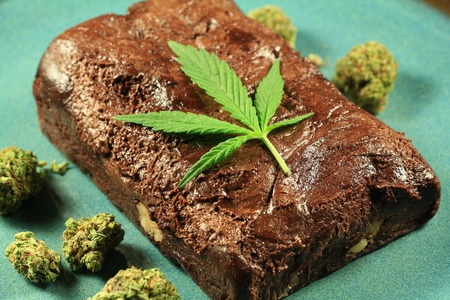Cannabis (Marijuana) And Cannabinoids: What You Need ...
"It didn't treat me, but it offered me the opportunity to get the rest I required to recover, and I had the ability to work at a much higher level than with the painkillers, which made me get up foggy every day," he stated. "With marijuana, I can consume it at night and awaken with a clear head."Cannabis is a particularly effective treatment for individuals who require assist with discomfort management, in addition to those with sleep conditions or anxiety; nevertheless, "there are hundreds of conditions that it treats," Rinella said.
Medical decisions must not be made based upon advertising. Consult a physician on the advantages and threats of particular medical marijuana items.
The outcomes of an online survey, making up 95 participants, included in the Journal of Alternative and Complementary Medication in 2014. The researchers discovered that individuals chosen indica pressures for discomfort management, sedation, and sleep while they would go with sativa pressures to enhance energy and mood. Concerning discomfort management, participants reported a statistically substantial effect when utilizing indica for: It is, however, crucial to keep legal alternative to marijuana in mind that this study had a number of restrictions.

Respondents did not utilize the marijuana in a controlled setting, potentially resulting in differences in drug composition, dose, and effectiveness. Another study examined using naturally grown sativa and indica stress in the treatment of several medical conditions. Just over half of the participants were using cannabis to deal with HIV.
The outcomes suggested that indica stress are most likely to enhance energy and appetite, while both sativa and indica pressures can ease queasiness to a comparable degree. Cannabis contains substances that may alleviate discomfort, queasiness, and other signs. The elements of cannabis that the majority of research studies focus on for pain relief are cannabidiol (CBD) and tetrahydrocannabinol (THC).
CBDTHC looks like the cannabinoid chemicals that occur naturally in the body. When people consume or inhale THC, it the brain's cannabinoid receptors. This activates the brain's reward system and decreases discomfort levels. THC is a psychoactive compound as it binds to cannabinoid receptors and produces a raised mindset, referred to as a high.
